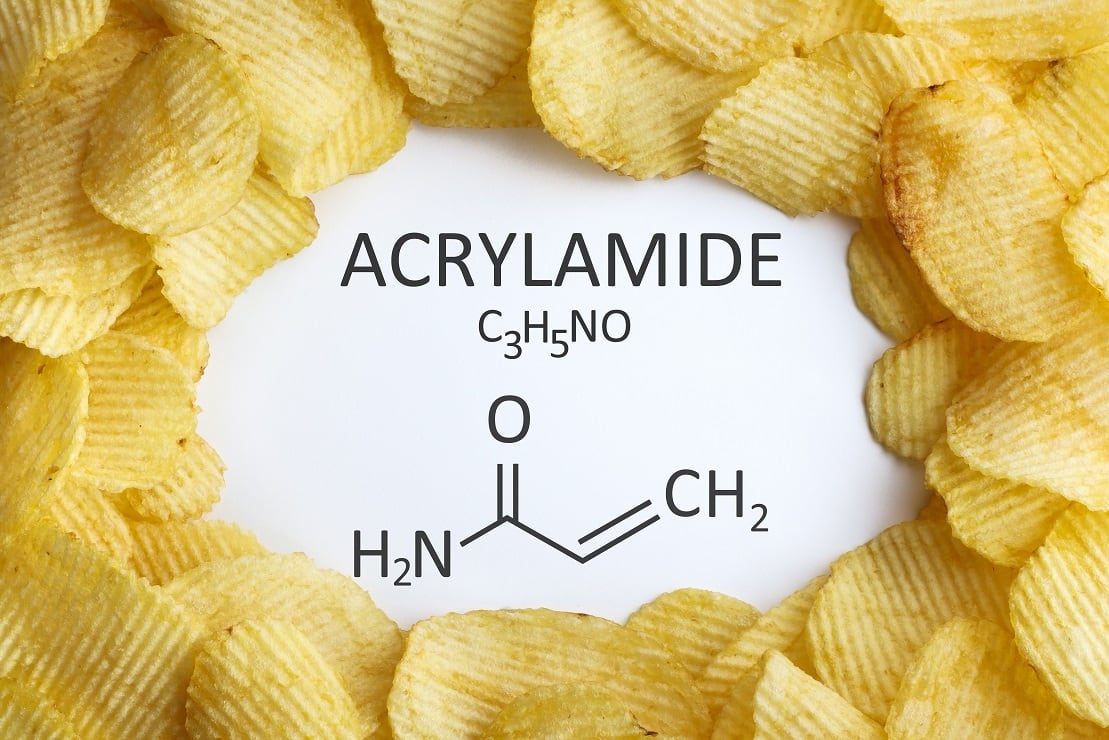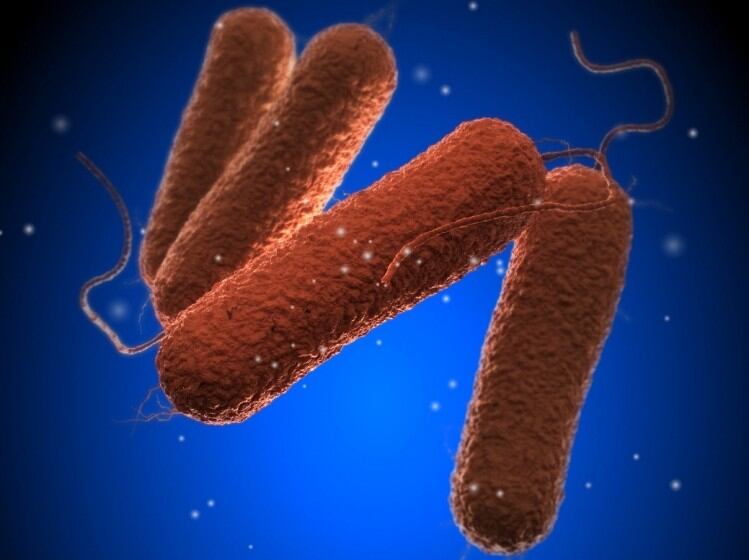The list of products to monitor also covers a wide range of rolls, including hamburger and whole wheat rolls.
The EU has also been considering new legislation on acrylamide levels that would introduce maximum limits across member states. The draft legislation also proposes new targets for monitoring, including root vegetable fries, fruit crisps, cocoa powder and potato-based dishes such as rösti and croquettes.
Acrylamide levels across the EU have been subject to a benchmarking system since 2018. Under the system, food and beverage manufacturers need to aim for As Low As Reasonably Achievable (ALARA) acrylamide levels. The regulation currently under consideration would adjust these benchmarks and introduce maximum levels alongside them.
Maximum acrylamide levels proposed
The draft legislation proposes the introduction of maximum levels in addition to the benchmarks. Like the benchmarks, these are based on member states’ data in the European Food Safety Authority’s European food consumption database.
Currently, approximately 15% of values obtained across member states are above the benchmark. Approximately 5% of values would be above the proposed maximum levels, which may sound like good news for food producers. But if products were to exceed maximum levels, the consequences would be far more serious than if they exceed benchmarks. It’s likely they would have to stop marketing the products or they could be recalled.
A draft table was sent to member states in early June 2021. There will likely be several more iterations before a final draft version, which may be available around mid-2022. Following standing committee voting, this will be presented for approval. Allowing for a further year’s transition period, the legislation (if passed) could well come into force sometime in 2023.
Be prepared
What is unclear is whether the UK will adopt this approach, given that we are seeing some divergence in regulation in other testing areas (such as pesticides). However, it will certainly affect products in Northern Ireland and products being exported to the EU.
Food businesses should consider preparing to comply with the proposed legislation. Here are a few things to get started with:
- collate historical acrylamide results and review them against the proposed maximum levels to identify products of concern;
- develop a sampling plan to evaluate acrylamide levels for products that have not been part of the current framework against the proposed benchmark levels.
Where products exceed proposed maximum levels or new benchmark levels, evaluate your acrylamide reduction options.
Mark Hughes is technical services director at Food Forensics
What is acrylamide
Acrylamide is a chemical by-product formed when starchy foods, such as potatoes and bread, are baked, fried, grilled, toasted or roasted at temperatures above 120°C. It is found in a variety of foods, including roasted potatoes and root vegetables, chips, crisps, toast, cakes, biscuits, cereals and coffee.
Laboratory tests show that acrylamide in the diet causes cancer in animals. Scientists agree that acrylamide in food has the potential to cause cancer in humans as well.
The Food Standards Agency has more details on what the food industry is doing to reduce acrylamide and how consumers can cut down the amount they eat.




